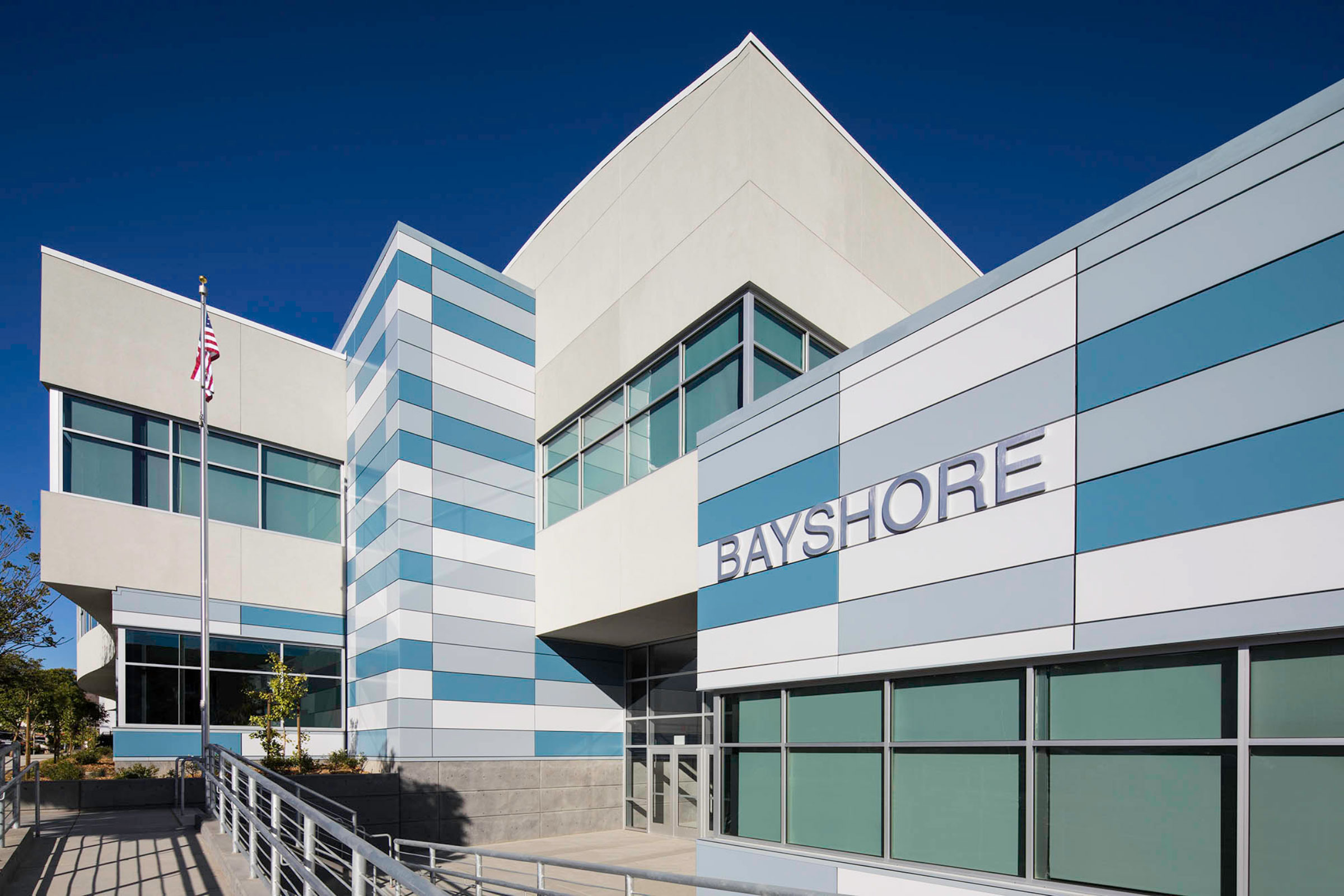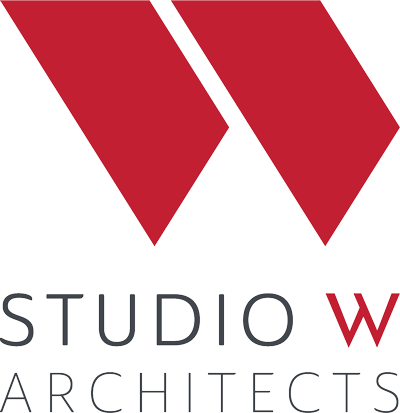There is more to providing architectural services to a client than just design. There is value in managing a client’s assets and helping them get the most bang for their buck long-term. That is part of what we do at Studio W Architects, formally BCA Architects, throughout California. It is our brand promise to deliver services that go well beyond design.
Anytime we can help a client bring in more funding or maximize what they have already allocated, we are able to do an even better job with their program. Architecture firms can maximize client budgets by working with clients on program management, financial management, and asset management. At Studio W Architects, we help to develop the best plan for their projects and to realize their long-term visions. It’s about so much more than what a facility looks like—it’s how it meets the needs of users, benefits the community, and functions as a long-term financial solution.
Replacing vs. Modernizing
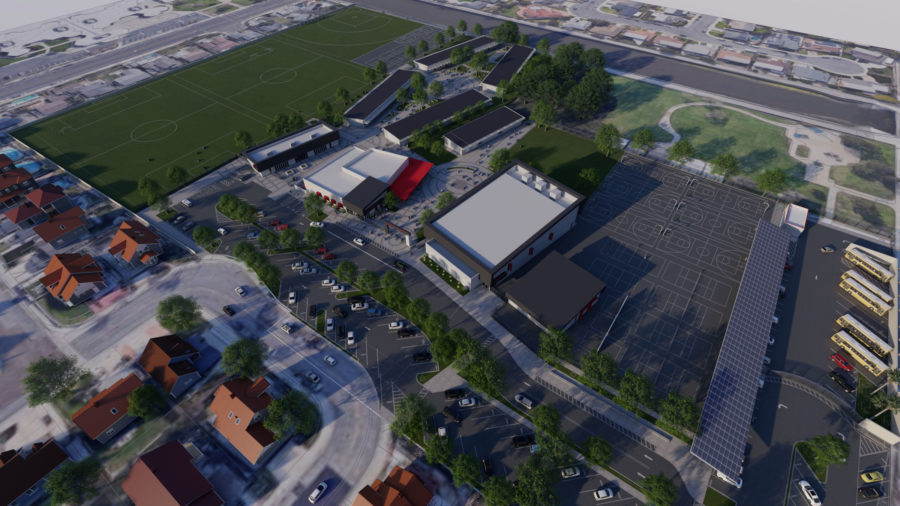
Sowers Middle School in Huntington Beach is being reconstructed at the site of the current campus to give the staff and students a 21st century learning and teaching environment. Studio W evaluated the advantages and disadvantages of modernization versus replacing the school. Photo courtesy of Studio W Architects
In 2016 we developed the long-range facility master plan for Huntington Beach City School District. In November of that year, their constituents voted favorably for the District to receive $160 million in local bond funding for modernizing and reconstructing school facilities throughout the District. To date, we have succeeded in modernizing seven of the District’s eight campuses, the only remaining site to be renovated is Sowers Middle School.
Sowers, built in the early 1970s, contained classroom “pods,” a popular open-classroom design concept at the time. It was windowless and very dated. Huntington Beach also suffers from poor soil conditions and this property, in particular, is located in a tsunami hazard zone. These conditions limited what we could do to improve the campus. The master plan initially considered modernizing these facilities, but as we approached the end of the bond funds, we advised the District that it would be prudent to analyze replacing the campus buildings as opposed to modernizing them.
We broke down the cost of everything to determine the best choice. For California public schools, if the cost of improvements to any existing building exceeds 50% of its replacement value, that building is required to undergo seismic rehabilitation, and thus bring it up to the current seismic code. We determined that the modernization would exceed 50% of the replacement value, and the District would have to go through some rather expensive measures to get to the soil beneath the existing buildings to meet seismic rehabilitation. It would have been extremely cost-prohibitive. We also had to consider where we would house the students during renovations if we modernized the existing structure and the overall interim housing costs.
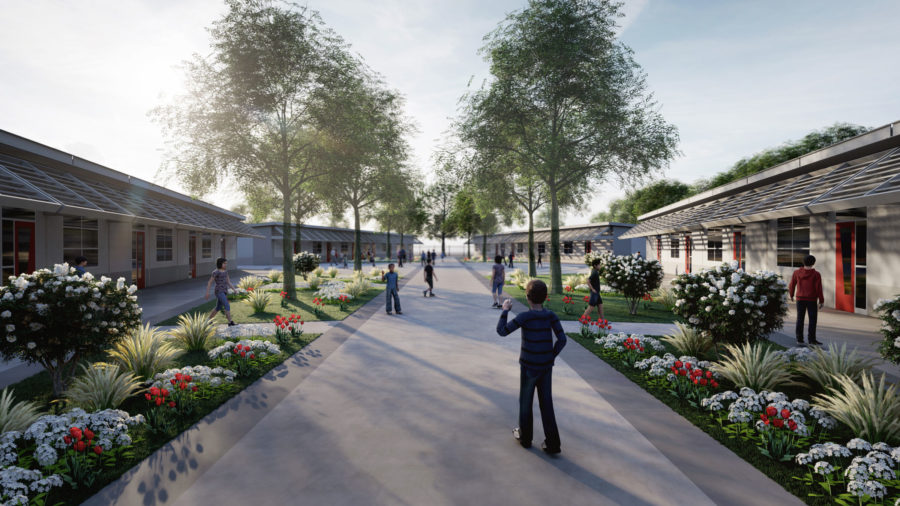
Sowers Middle School in the Huntington Beach City School District. Photo courtesy of Studio W Architects
In the end, it was determined the cost differential between modernizing and replacing was rather nominal. Therefore, we advised the District that it made the most sense from a cost-efficiency perspective to move forward with replacing the buildings.
By building outside of the footprint of the existing structures, we saved interim housing costs. We also decided to use a hybrid of modular and traditional construction methods to save on replacement costs. We used the modular elements for the repetitive parts of the campus, like the classroom buildings. The administrative facilities, STEM lab, and gymnasium are traditional stick-built construction for enhanced curb appeal.
There are many benefits to complete replacement. With replacement, you get all the hallmarks of a brand new 21st-century school— flexibility, natural light, indoor air quality, and technology. Huntington Beach has one of the most beautiful climates in the country, and students weren’t able to enjoy it. The existing classrooms were around 850 square feet, while the new rooms are more than 1,000 square feet each and have an abundance of natural light and direct access to outdoor learning environments.

Construction phasing plan for the reconstruction of Sowers Middle School. Classrooms and administration facilities will be completed in Phase 1, and students will occupy those facilities while construction occurs on Phase 2, which includes the gym, locker room, and other core areas of the campus. Image courtesy of Studio W
The project is currently in the design phase. The first phase of construction will be the classrooms and administrative facilities, set to be done by the start of the 2023 school year. Students will cohabitate the space while construction is completed on the gym, locker room, and other core areas that are set to be completed by 2024. Through a thorough and contemplative approach to the design of this facility, replacement is proving to be a much better solution than modernization.
Budget Constraints
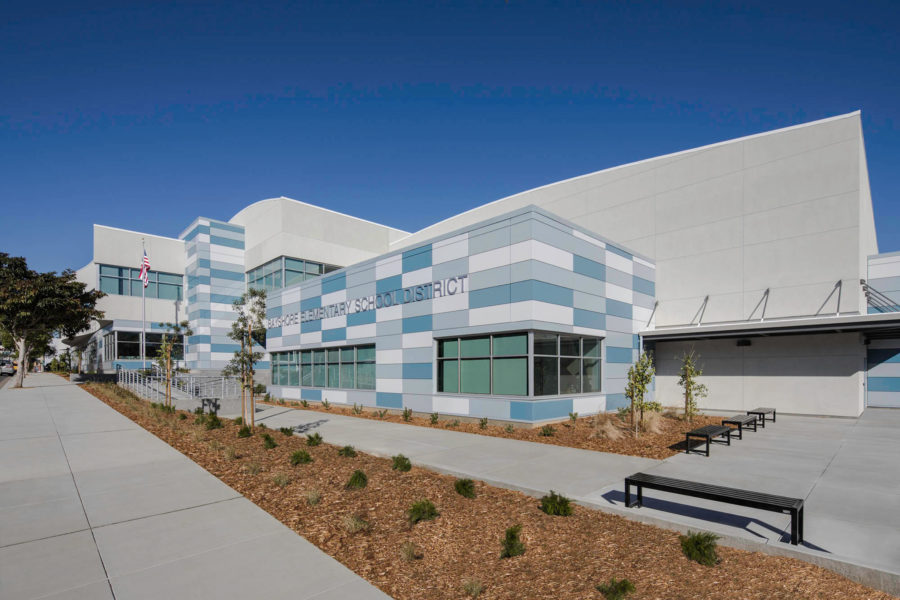
The Bayshore School. Photo courtesy of Studio W Architects
In 2014, the Bayshore Elementary School District passed a general obligation bond for $6 million intending to modernize both its elementary and intermediate school campuses, located on two separate properties. The bond was not enough to achieve any significant improvements to either of the campuses, so we considered combining the two campuses into one new K-8 campus. We proposed the idea of surplus selling the land from the campus that would ultimately be closed for residential housing. It was an attractive property with a view of the bay and had high potential for generating facilities capital. We helped them determine how much funding they could generate and if it would be enough to build a new school campus.
Our team assisted the District in rezoning and selling the intermediate school property for housing. The sale netted them $24.5 million, providing enough additional funds to build a combined state-of-the-art campus. The 13-acre site became a housing community with 71 units. It was a win for the school district. They got the funding to build a new campus and have since seen an increase in their student enrollment due to the additional population brought in by the new housing development.
Many of our school district clients have ample land but lack the facilities they need. This project was about finding value in the property to determine the best possible solution for their facilities. The result is 52,000 square feet of classroom, administrative, and multipurpose space, completed in 2017, covering 2.3 acres of an existing site. The school offers the most up-to-date 21st-century learning concepts, including STEAM spaces for interactive learning and socialization, movable furnishings, wireless technology, and touch-sensitive projection devices. It is a high-performance facility, utilizing natural daylight, extensive LED lighting, and high-efficiency HVAC systems.
Maximizing Funds
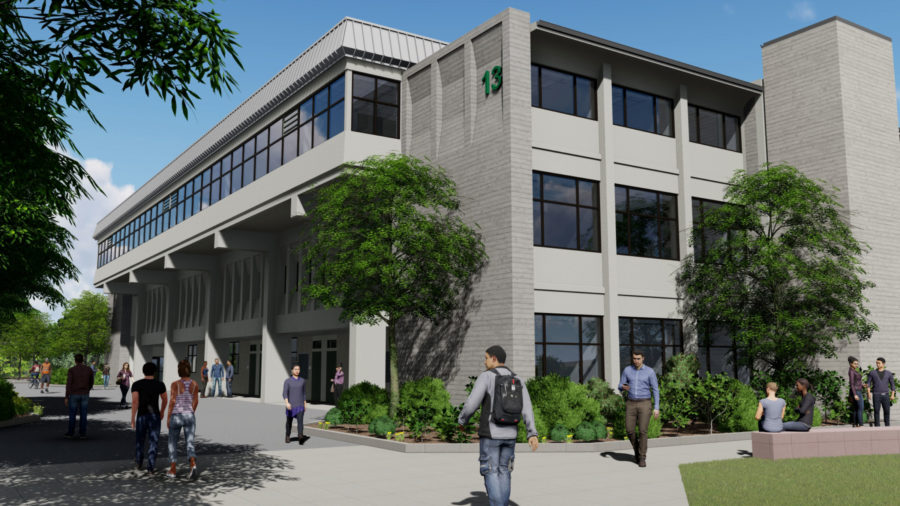
Studio W is renovating Building 13 at Cañada College in the San Francisco Bay Area to avoid expensive seismic retrofit costs. Photo courtesy of Studio W Architects
We’ve discussed the benefits of new construction and what it can provide, now let’s look at a case study where modernizing an existing facility was the most economical and appropriate solution for the project. Studio W is currently working on modernizing Building 13 at Cañada College in San Mateo County, estimated to be completed later in 2022. This is another example of how we can help our clients to bring value in managing facilities and assets. Building 13 is a three-story, cast-in-place concrete interdisciplinary education facility, completed in the 1960s. It houses 33% of the classroom facilities on campus, including 22 classrooms and 27 faculty offices.
To avoid costly mandatory seismic rehabilitation, and instead do voluntary seismic strengthening, efforts were made to ensure the modernization scope remained under the 50% replacement cost value. We brought in a team that looked at the value of the buildings in the area, giving the San Mateo County Community College District the ability to modernize up to 50% of that value but not exceed it. These efforts ensured the District was getting the most value for its money.
We had to get creative to keep the cost down. The third floor had a double-loaded set of classrooms accessed by two exterior walkways. We were able to combine access to one walkway, which simultaneously increased the size of the classrooms. We also utilized carbon-reinforced panels, installed to the lateral elements of the buildings as opposed to adding concrete. Part of the modernization included bringing the building up to accessibility code. It was not access-compliant to the third floor so to save money we had a modular large-capacity elevator erected alongside the existing building.
The $16 million modernization project includes a complete code, health, and safety upgrade to the building’s seismic capacity, HVAC, electrical, low voltage, and fire alarm systems, and the addition of fire suppression. The classrooms will have new finishes, up-to-date technology, and new furnishings, including movable walls. This level of modernization would not have been possible had we not done the proper research and stayed within the replacement cost parameters.
Spend Wisely
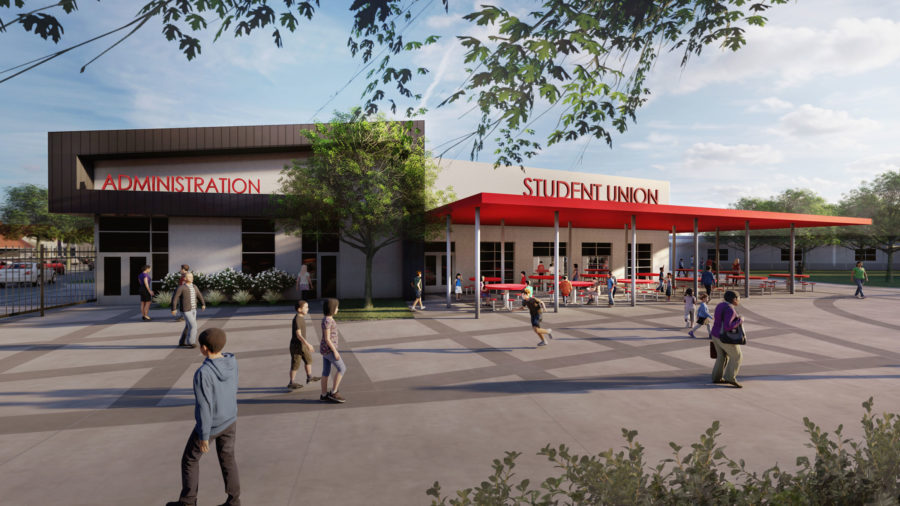
The new administration and student union buildings at Sowers Middle School. Photo courtesy of Studio W Architects
We are always concerned with sustainability and making the sustainable choice, which usually means modernizing versus replacing. But sometimes that doesn’t make sense. Sometimes it is more expensive to modernize something that is tired and old and doesn’t meet certain goals for education than it is to replace it. You have to determine the best use of the available funding and what will be more sustainable in the long-term.
There is only so much money to go around. For the public clients we work with, funds are finite—especially bonds, as they are limited to property values and geographical reach of the districts we serve. We have to be creative to determine how best to spend that money and expand funding, like we did with Bayshore Elementary School District, or when to maximize the funding that exists, like we did in Huntington Beach or San Mateo.
Design is important. Everyone is concerned about what the finished product will look like and how it will perform, but it is also important to spend wisely, maximize the dollar, and get the most bang for the buck to support education in the best ways. Clients want up-to-date facilities that will hold up to long-term demands—durability and maintainability are paramount. They want more flexible spaces, better finishes, and better technology to support education at a higher level. We want them to maximize their investment, which is why we do our research, get creative, and plan accordingly.
Who is Studio W Architects?
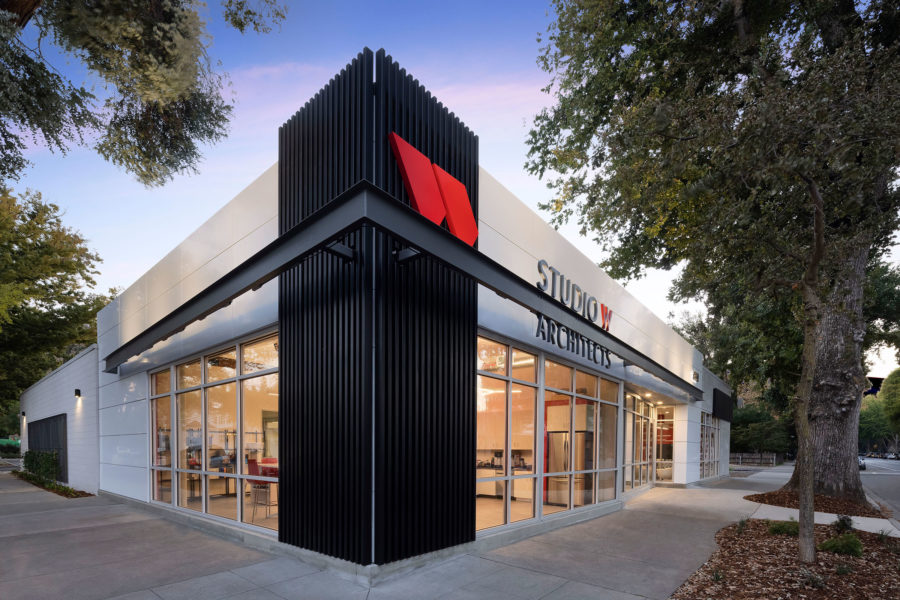
Studio W Architects’ Sacramento office. Image courtesy of Studio W Architects
We are a professional firm that focuses on architectural design in the public education, civic, and commercial markets. We focus solely on California as our core geographic market because of the unique characteristics of its code requirements, agency regulations, and liabilities.
Studio W Architects has been in business for 33 years. We are a full-service firm focused on building design, interiors, and planning. Our mission is to enrich the fabric of communities and the human experience. Through research, lessons learned, and our commitment to sustainability, we work with clients to create the best spaces possible with the funding they have available—and, in some cases, we help them find more funding.

